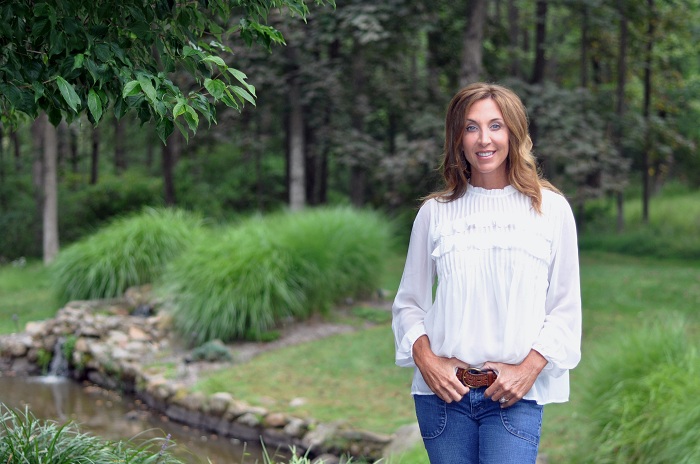Art is such an important part of a child’s development. There are so many ways that their involvement with art projects opens their eyes to a world full of learning experiences. Performing art teaches creativity, self-expression, hand-eye coordination, fine motor skills, decision making skills, story-telling, and helps them to express their emotions to others…just to name a few. Children will also begin to become aware of how certain colors influence their mood. This sweet little guide introduces young children to the color wheel and educates them on identifying primary colors red, yellow and blue and how to create secondary colors purple, orange and green. In addition, they will discover what happens when you add white or black to primary and secondary colors. This then introduces them to color saturation, shade and light. The rhythmic tone allows them to easily remember the colors while giving them a visual on how colors are formed. They will have the opportunity to experiment with mixing, as well as shading and tinting colors to create new ones. They will learn to problem solve through experimenting with mixing certain amounts of colors to create a specific hue. Color mixing will also teach them control and patience. It’s quite tempting to add too much of a color to get the right outcome as opposed to being patient by adding just a little at a time. Learning colors and how they are formed will give them a new perspective when they look at objects in their world. They may look at an orange shirt and now be able to comprehend how that color was created. Or, they may see a lime and challenge themselves to create a specific color combination to create that hue. Curiosity will be sparked when they figure out that there are a multitude of colors they can mix and those new found colors can create a story. And let’s be honest… it’s just plain fun!
Category: children book
Why did you write this book?
Design has been a passion of mine for years. There is no doubt that color is an integral part of design. Certain colors can have various effects on people. For instance, some people feel that red creates energy and is motivating, or it can be considered a color of power. Or it may have a negative effect because it may remind someone of blood or violence. It may induce stress for some people to look at red, so painting a bedroom red will not evoke the feeling of peace or restfulness. Color is a personal preference on what mood it will establish. I find it exciting that you can mix colors to create a completely different story. For instance, red now combined with white creates the color pink that evokes the feeling of sweetness, both in food and emotion. Pink may remind you of cotton candy, a little girl’s nursery or just a feeling of innocence. Color plays a huge role with emotion and self-expression. I felt that this book was an enjoyable way to introduce children to the classic color wheel which allows them to better identify with objects in their environment. If you think about it, children learn to draw and color before they are even forming full sentences. Art is a way for a child to communicate with others without having to verbally speak. It is also a way to allow them to produce something so they experience a sense of accomplishment. They can explore new ideas and new ways of thinking through the expression of art. Learning about color and allowing them to experiment with art is an important part of their development and self-expression. It is also a fun way that adults can connect with children at home and at school. I have always connected with the children in my life through fun art projects and crafts. It is such an entertaining way to communicate!


